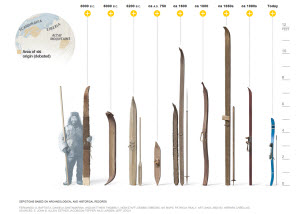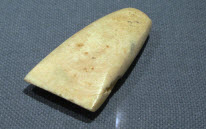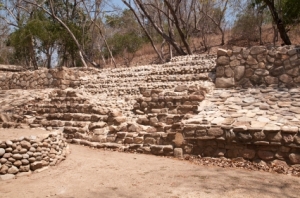This chart, from National Geographic, shows the development of skis through the ages. But how would one search the prehistoric cultures in eHRAF Archaeology for skis or other equipment that was used to navigate deep snow? A keyword search for snowshoe*, sleigh*, or sled* might do (the asterisk “*” is used to get the plural and singular forms of the word). Or in an Advanced Search one could use the OCM subjects “locomotion” or “transportation” paired with the words snow* or winter*. This screenshot of an Advanced Search in eHRAF Archaeology shows how this is done….http://screencast.com/t/MIXft4A6P.
-
HRAF LINKS
-
Sort by Subject
-
Archives
- April 2014
- March 2014
- February 2014
- January 2014
- December 2013
- November 2013
- October 2013
- September 2013
- August 2013
- July 2013
- June 2013
- May 2013
- April 2013
- March 2013
- February 2013
- January 2013
- December 2012
- November 2012
- October 2012
- September 2012
- August 2012
- June 2012
- May 2012
- April 2012
- March 2012
- February 2012
- January 2012
-
Blogroll


